In 2016, the Bureau of Land Management (BLM) released its draft Environmental Impact Statement (EIS) which considers alternative management scenarios for BLM lands in the Uncompahgre Field Office (UFO). In that analysis the BLM considered a community-derived proposal developed by community stakeholders.
The objective of submitting the North Fork Alternative Plan (NFAP) to BLM was to ensure that the agency considered its strongest levels of protections for the North Fork Valley’s public lands resources. This plan is the best plan for resource development for the Lower Gunnison Watershed. Let us show you why.
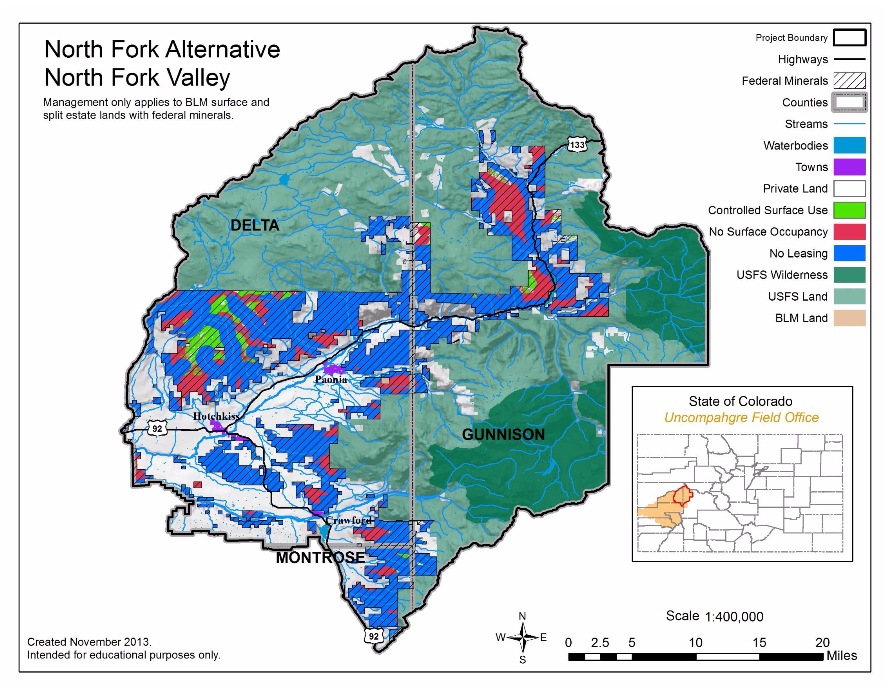
The Resource Management Plan (RMP) is the underlying framework for how the BLM will manage a particular portion of its public lands, including which areas will be open to what types of uses and under what management. Future decisions the agency makes, like to lease certain lands for oil and gas development, are generally bound by the EIS analysis and decisions undertaken by the agency in the RMP. Working to get the agency to adopt the most protective plan is important to the well-being of the North Fork lands and waters for decades to come.
The objective of submitting the North Fork Alternative Plan (NFAP) to the BLM was to ensure that the agency considered its strongest levels of protections for the North Fork Valley’s public lands resources.
The NFAP was presented to the BLM in part as response to an ill-conceived oil and gas leasing proposal and as a means to bring community input to bear on future management. It is a resource-based proposal that provides strict protections for the North Fork Valley and watershed as a whole.
The North Fork Alternative Plan came about from a collaborative effort that included the Western Slope Conservation Center, the Citizens for a Healthy Community, Valley Organic Growers Association, the West Elk Winery Association and others. It also received formal support from the Town of Paonia, the Paonia Chamber of Commerce, North Fork Valley Realtors, and Western Colorado Congress. But consideration of these protections is not enough. They are not an aspiration but a minimum level of management needed to ensure that the value of the North Fork’s public lands, its healthy lands and water, air quality, scenic and recreational attributes are not diminished.
The North Fork Alternative Plan (NFAP) was developed through stakeholder, small group, and public meetings, shared with local and state government officials, and presented to national BLM officials and others on several trips back to DC before being submitted formally to the BLM.
The NFAP considers two sets of resources and key features for each of those sets. The primary resources it identifies, catalogues, and considers for management include:
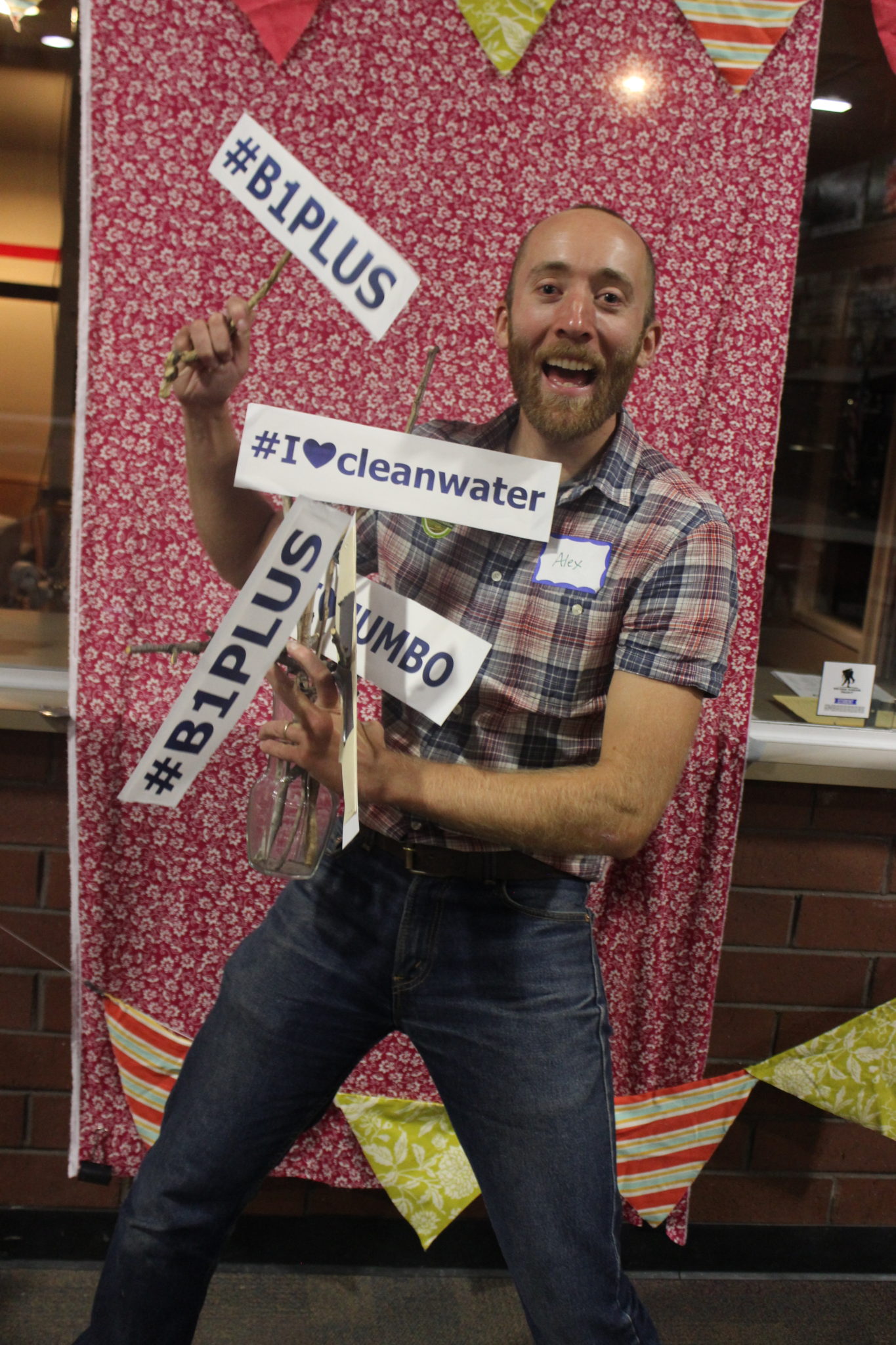
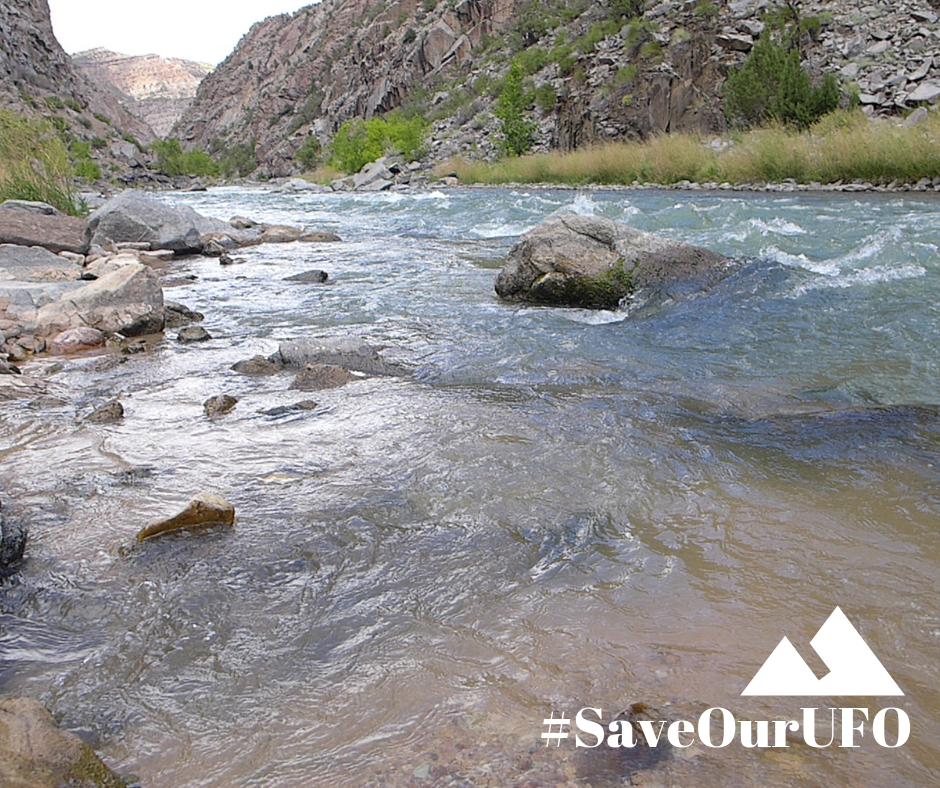
The NFAP also proposes special management designations to recognize and protect the important visual quality of the valley and the unique recreational opportunities in the Jumbo Mountain area.
Next the NFAP recommends three types of overlapping management prescriptions with an emphasis on maximum resource protection:
Although the recommended management was derived from existing BLM and other agency tools, the prescriptions taken together would close the majority of BLM lands and oil and gas to future leasing, and would put strict No Surface Occupancy restrictions on nearly all the remainder. This strict level of management is further than BLM is normally inclined to go but the information was developed and presented in a way that would be difficult for BLM to discount.
After the significant effort mounted by local community members to develop the proposal and build support for it—the BLM agreed to consider the North Fork Alternative Plan within its draft alternatives for analysis. This accomplishment itself is no small feat.
In the draft EIS the North Fork Alternative Plan is found as “Sub-alternative” B-1, which offers the strongest protections for the North Fork of any of the alternatives in the current draft EIS. In stark contrast, the agency’s so-called “preferred” alternative—a required feature of the EIS—would open nearly all of the North Fork to oil and gas leasing along with the rest of the UFO resource area.
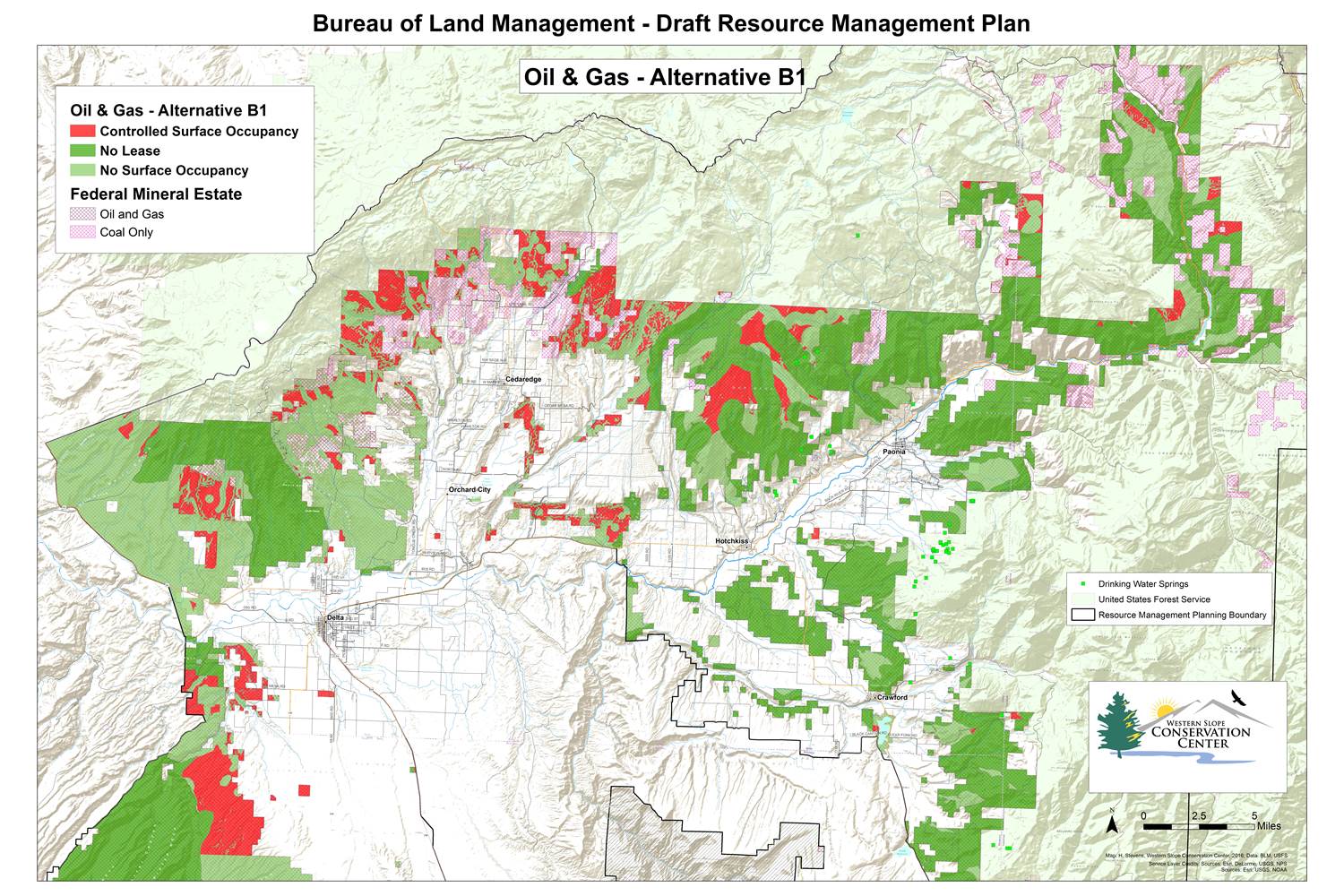
B-1 is a ‘subset’ of Alternative B which provides North Fork specific management. This management overrides those in Alternative B where they differ, or defaults to Alternative B where they are not in conflict. According to the BLM, Alternative B-1 “is a partial alternative specific to oil and gas leasing and development in the North Fork and Smith Fork drainages of the Gunnison River (referred to as the North Fork), primarily in portions of Delta and Gunnison Counties. Alternative B.1 is a resource-based set of recommendations provided by a community group” (DEIS ES-8).
Alternative B itself is the more conservation-minded alternative in the draft EIS, which “emphasizes improving, rehabilitating, and restoring resources and sustaining the ecological integrity of habitats for all priority plant, wildlife, and fish species, while allowing appropriate development scenarios for allowable uses (such as mineral leasing, locatable mineral development, recreation, rights-of-way, and livestock grazing).”
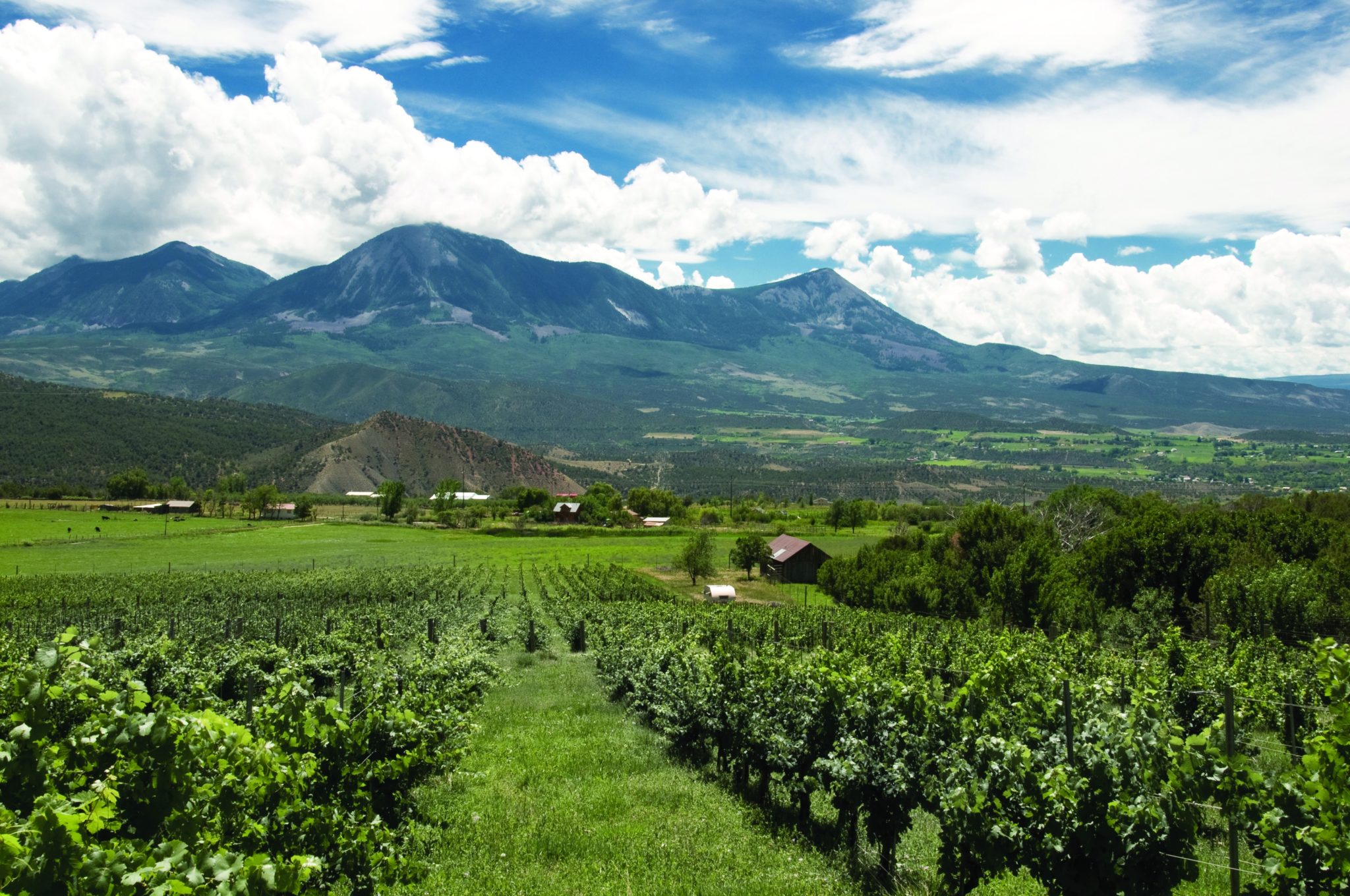
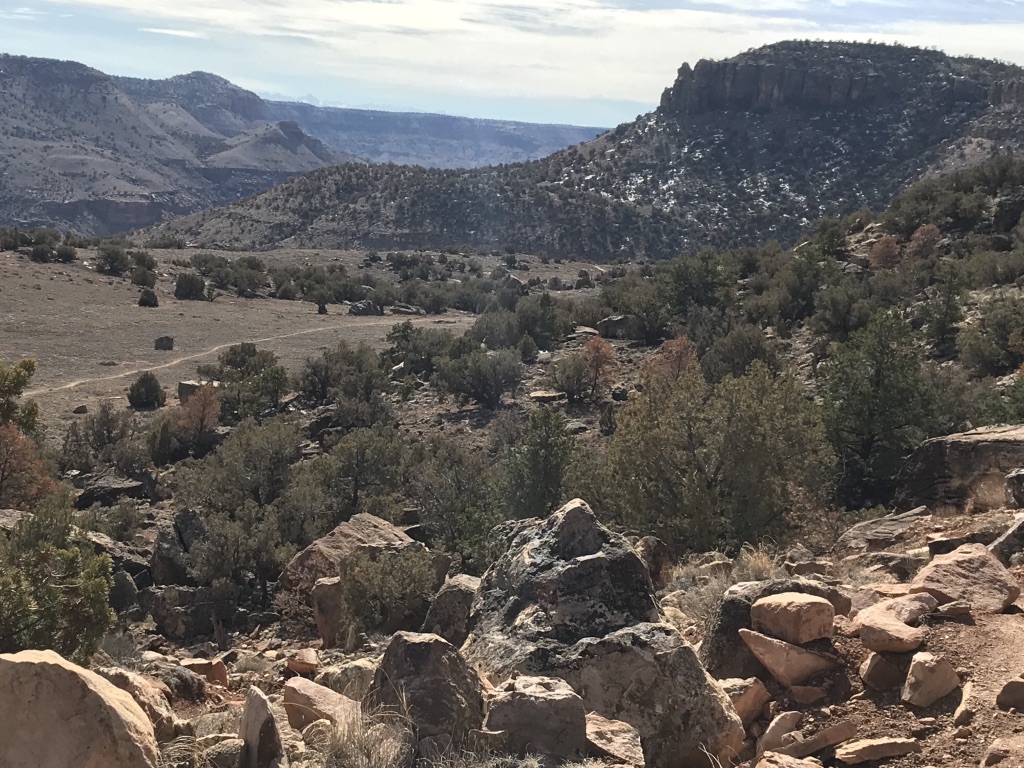
For residents of the North Fork concerned about oil and gas development, Alternative B-1: The North Fork Alternative provides the strongest, most protective management currently being considered by the BLM for its revised plan.
Among the management specific to Alt. B-1: The North Fork Alternative protections that exist in none of the other alternatives include:
No Leasing – 75% of the North Fork area. No Leasing is a rarely used BLM tool that closes certain areas—based on specific resource concerns—to oil and gas leasing (for the life of the plan). Alt. B-1 would close the following lands and features to all oil and gas leasing:
No Surface Occupancy & Setbacks – 20% of the North Fork area (in addition to No Leasing areas). Setbacks require No Surface Occupancy (NSO) for a certain distance from a feature. NSO can also blanket a sensitive resource, like highly erodible soils and geologic hazards.
Controlled Surface Use: – < 5% of the North Fork area. The small amount of public lands that would not be closed to leasing and that are without surface occupancy prohibitions, would be managed with CSU stipulations to protect areas with moderate geologic hazard and vistas.
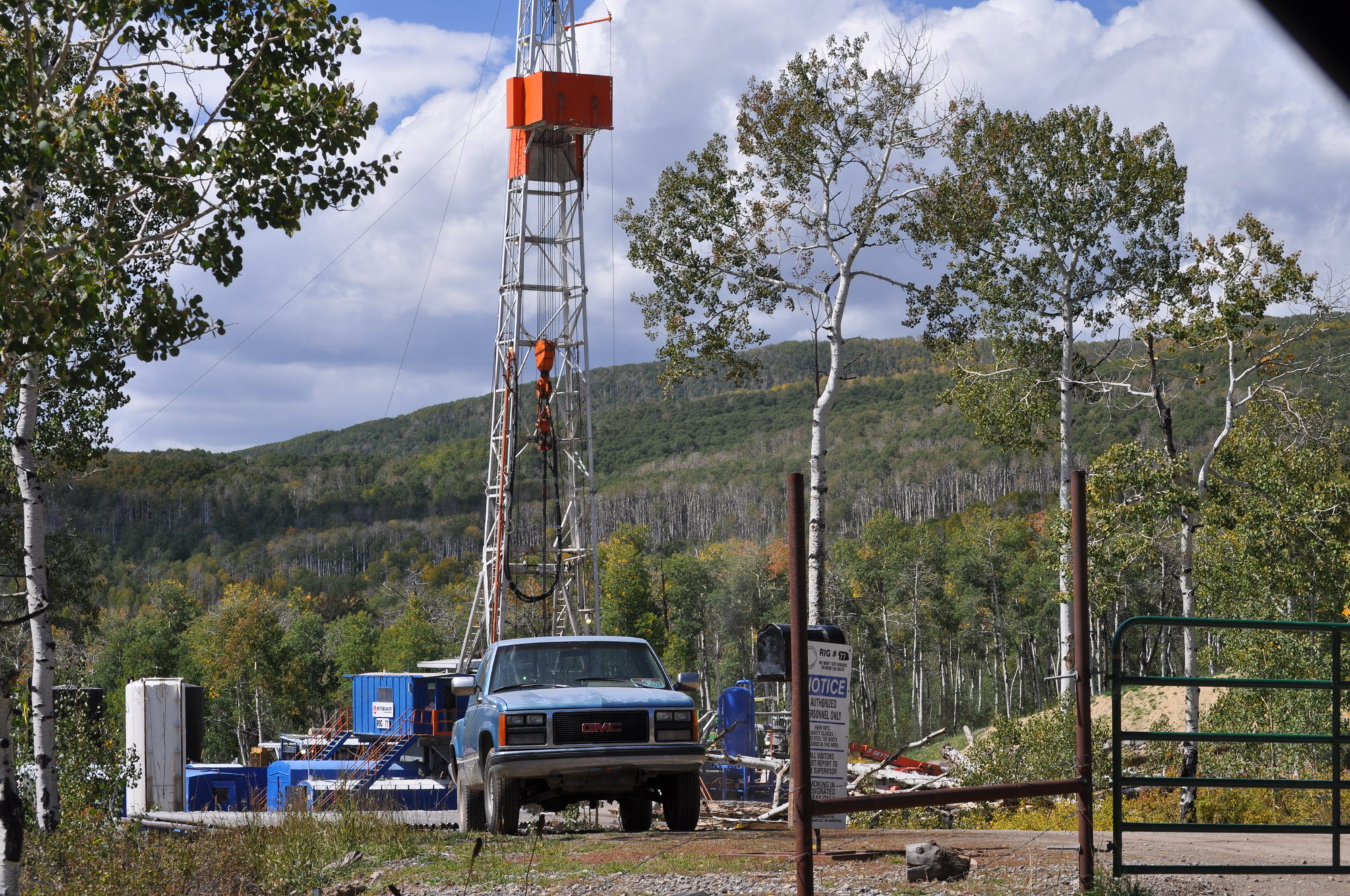
Retaining the North Fork Valley’s scenic features and rural landscape is important to area residents and businesses. Many of the BLM lands in the North Fork are part of the historic, publicly-utilized lands in the valley that include trails, irrigation and water infrastructure, grazing improvements, and similar man-made features.
These are human-impacted but still mostly natural and undeveloped BLM lands that, while not completely pristine, should be managed to be kept intact and even rehabilitated in some cases where practicable. For most of the landscape, this would be best accomplished under a Visual Resource Management Class II, which seeks to retain existing character while allowing for minor modifications.
Of the alternatives presented in the draft EIS, Alternative B-1 provides the strongest visual resource protections for the North Fork Valley. “In the North Fork area, Alternative B.1 would have 36,360 acres of VRM Class I and II on BLM- administered lands, which is 6,080 acres more than Alternative B.” (DEIS at 4-171). “Stipulations for and closures to oil and gas leasing and geophysical exploration proposed under Alternative B.1 would supersede those proposed under Alt. B” (see DEIS at 4-6).
The Jumbo Mountain area includes a fantastic and popular network of user-created hiking and mountain biking trails that has grown into a real recreational asset adjacent to Paonia, the North Fork’s largest town.
Both Alternatives B and its sub-alternative B-1 restrict oil and gas drilling in the Jumbo Mountain area to protect its recreational opportunities. But this is one place where the BLM’s management proposed in Alt. B is slightly stronger than that proposed in Alt. B-1. Although Alt. B.1 includes a larger amount of acreage protected with No Surface Occupancy (5,020 acres under Alt. B-1 versus 4,710 acres under Alt. B), the difference is made up through closing the additional 290 acres to leasing under Alt. B. (DEIS Table 4-51). In this case, Alt. B is slightly preferable. In any case the BLM needs to manage the Jumbo Mountain area to enhance and preserve its recreational access and opportunities, better direct use, and to ensure the public lands resources are properly protected. Oil and gas development simply does not belong anywhere on these popular public lands.